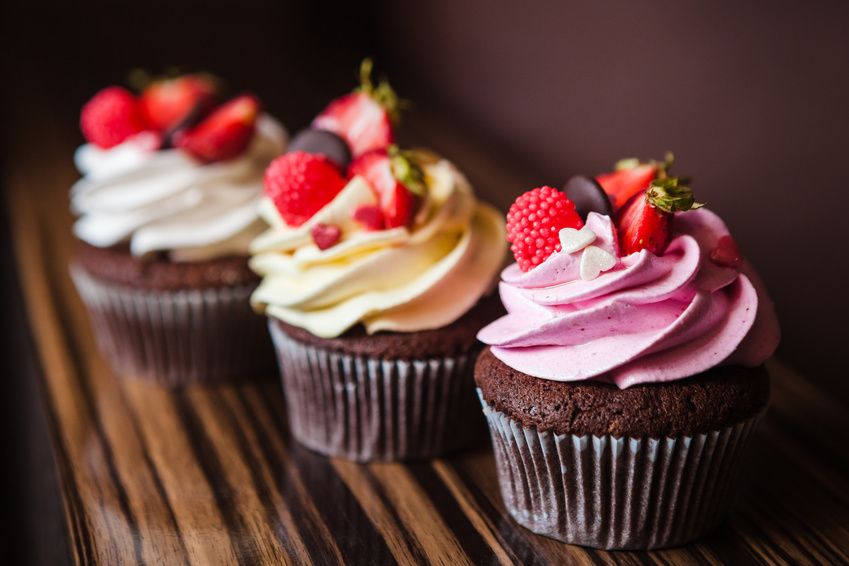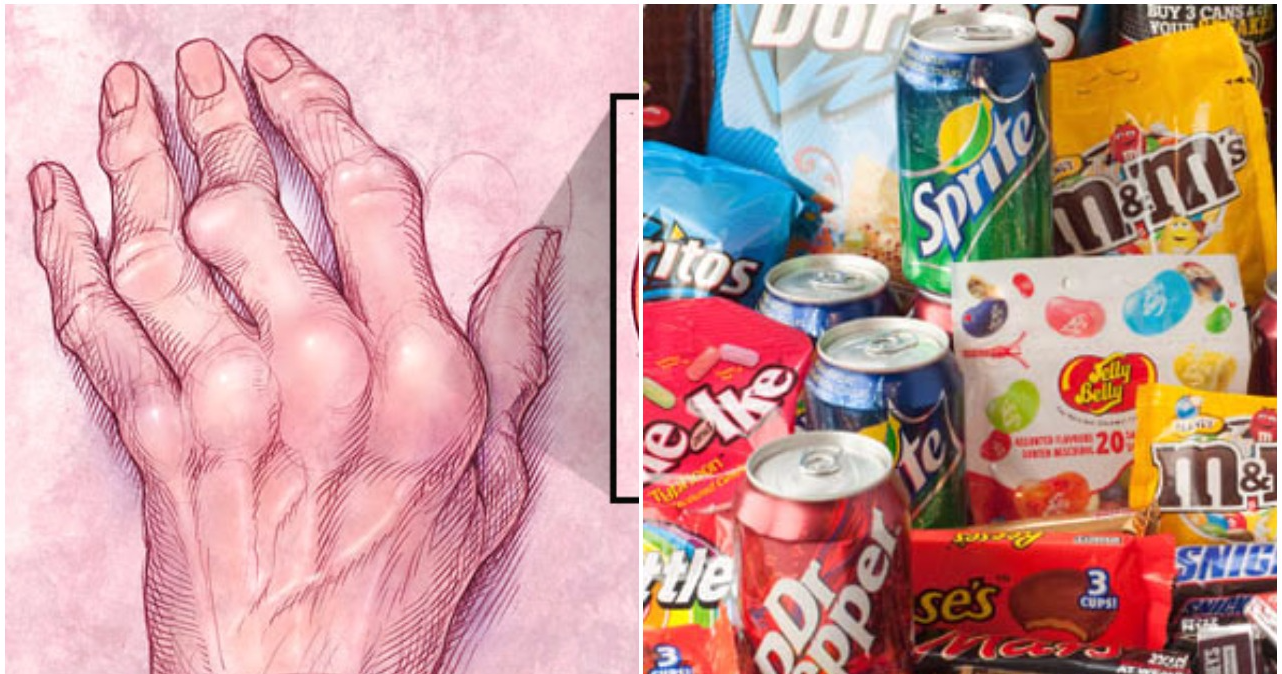In the self-care era, plenty of people have their chosen indulgences and ways of treating themselves. Enjoying a nice treat every now and then is great, but is it possible that your favorite way of spoiling yourself is actually hurting the environment? Here are a couple of common purchases people make, and the hidden impact they have (or don't have) on the environment.
Satisfying Sweets
Who doesn't love chocolate? Chocolate desserts of all kinds are a popular go-to for treating yourself to something nice, but you might want to reconsider this sweet. Milk chocolate includes 10 to 20% cocoa solids including cocoa and cocoa butter, and dark chocolates can include even more. About 70% of cocoa consumed in America comes from West Africa, where its production and farming causes a variety of problems with deforestation in the region. This is without mentioning poor labor practices, shipping, and more.
Instead, look for sweets made with organic products. The US Department of Agriculture has established an organic certification programrequiring all organic foods to meet strict government standards. Organic products like honey can actually help the environment. Bees are essential to the global ecosystem and act as one of the primary pollinators in several climates worldwide. Bees pollinate more than $15 million a year in crops in the United States alone. Honey production gives bees a place to live and thrive, safe from environmental problems and climate change. It's also a great opportunity to support local businesses; check to see what beekeepers sell organic honey near you to help contribute to your local economy.

Retail Therapy
Sometimes when you're down, all you really want to do is change things up a bit. A lot of people look to do this by purchasing new items for their wardrobe. There are approximately 2 billion t-shirts sold worldwide each year, and that's just looking at t-shirts without getting into other types of clothing. However, retail stores and fast fashion can take their toll on the environment. Fast fashion stores are notoriously bad with their labor practices and the garment industry can create startling amounts of pollution. Textile factories can also be incredibly wasteful when it comes to using up precious resources like water.
So what should you do? It's not exactly easy to stop shopping for clothes. Luckily, there are a few solutions to this problem. One of the best ways to counteract the environmental problems caused by fast fashion is to visit your local thrift store. Reusing items and purchasing clothing like this prevents needing to create new clothing, meaning fewer resources are used overall. Additionally, it helps keep clothing out of landfills (sadly, the average American throws away 82 pounds of textile waste each year), making this an ideal way to shop. However, not everything can be purchased used, so when you do need to shop for new clothes, make sure your selected items are durable and ethically made. Again, shopping small here can help you avoid contributing to existing environmental problems.
Shopping green while treating yourself can be a challenge, but aiming to shop small and generally being mindful about your purchases can help reduce your environmental impact. How do you plan to treat yourself while going and staying green?

